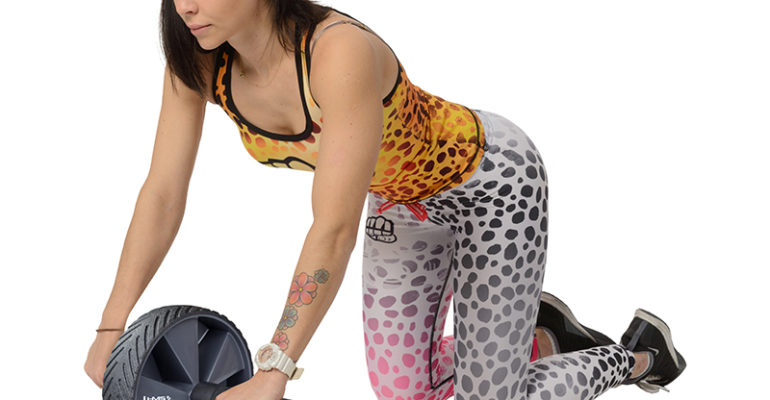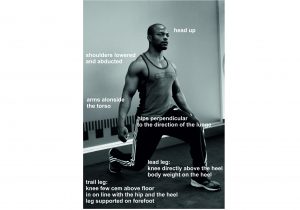The aim of the warm-up is to prepare the whole body for an intensive workout. Sport disciplines like football, ice hockey, basketball, martial arts, etc. are characterized by high-intensity, multi-dimensional moves with sudden changes of pace, with action speeding, slowing and often changing its direction. Therefore, the warm-up exercises also have to performed dynamically, so that they match the movements that appear in sport discipline. Moreover, effectiveness of a warm-up also depends on series of active rest phases, properly intertwined into the warm-up. Optimal warm-up time is 5 to 12 minutes.
RULES OF DYNAMIC SPORT WARM-UP
- Begin with simple exercises and perform them at a slow or medium pace.
- Eliminate stretching exercises – the aim of the training is to cause concentric muscle work and to avoid muscle stretching.
- Progressive increase in difficulty and complexity of exercises.
- Gradual increase in warm-up’s intensity.
- As you proceed through the warm-up, introduce more complicated exercises in which spontaneous reactions in unstable, labile training conditions will play the key role.
- Put emphasis on performing all the exercises with enthusiasm and high motivation.



